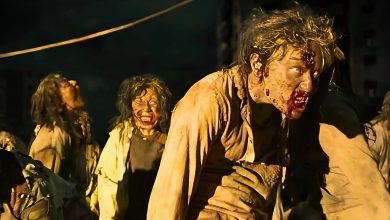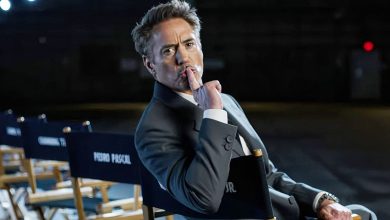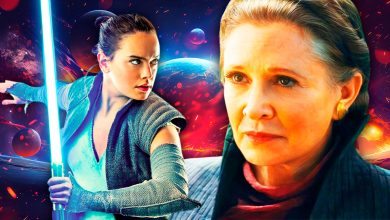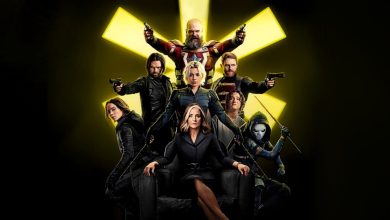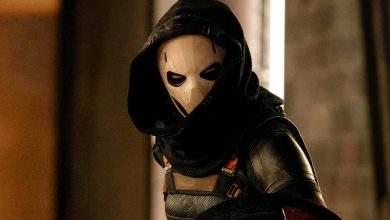Captain America: Brave New World – A Missed Opportunity for a Meaningful Villain Arc
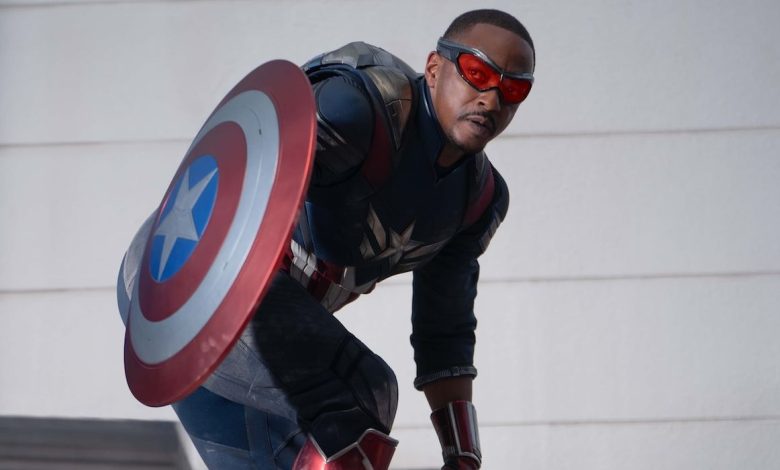
Despite a handful of emotional moments and a respectable box office debut, Captain America: Brave New World ultimately falls short in key storytelling areas. While audiences were eager to see Anthony Mackie fully step into the role of Captain America and witness the long-awaited return of The Leader (Samuel Sterns), the film’s narrative leaves these arcs feeling underdeveloped. Its biggest flaw? A missed chance to explore one of Marvel’s most psychologically rich villains.
The Leader’s Return Falls Flat
After more than a decade since his transformation was teased in The Incredible Hulk, the reappearance of Samuel Sterns (played by Tim Blake Nelson) had the potential to be a turning point for the MCU’s evolving tone. Instead, Brave New World offers only surface-level engagement with Sterns’ tragic past. Imprisoned for 16 years by Thaddeus Ross and denied a presidential pardon, Sterns emerges understandably embittered. However, the film glosses over the emotional toll of his suffering, treating his actions purely as villainous spectacle without the layered depth seen in previous MCU antagonists.
This one-note depiction stands in stark contrast to the groundwork laid in earlier phases. Villains like Erik Killmonger, Loki, and Thanos captivated audiences not just through menace, but through moral complexity. Their ideologies, however flawed, were rooted in personal pain and compelling motivations. The MCU’s success with such characters proves that well-written antagonists can elevate a superhero film beyond generic action sequences.
A Broader Villain Problem in the MCU
Unfortunately, Brave New World is not alone in its shallow treatment of villains. Recent entries like Ant-Man and the Wasp: Quantumania and Doctor Strange in the Multiverse of Madness have followed a similar pattern: introduce villains with tragic origins, then sideline their emotional arcs for quick laughs or high-stakes action.
MODOK’s transformation from Darren Cross could have explored the psychological horror of identity loss and quantum imprisonment. Instead, his arc ends with a tone-deaf comedic death. Similarly, the reduction of Wanda Maximoff into a multiverse-hopping monster in Multiverse of Madness undermines the poignant grief explored in WandaVision—all for the sake of spectacle.
This trend reflects a broader creative dilemma in Marvel’s recent direction: prioritizing world-building over emotional storytelling. As the MCU dives deeper into multiversal chaos and interconnected timelines, the opportunity to explore meaningful character development—especially for its antagonists—appears to be slipping away.
See More ...
Brave New World Sides with Power Over Pain
What’s especially disappointing in Captain America: Brave New World is the imbalance in how power and pain are portrayed. While Ross (played by Harrison Ford) receives a redemptive arc complete with a cameo from Betty Ross and the triumphant signing of a legacy-defining treaty, Sterns—who actually suffered under Ross’s decisions—is vilified with little nuance.
The final scene at the Raft reinforces this lopsided perspective. Sam Wilson dismisses Sterns without acknowledging the deeper systemic betrayal that created him, and the narrative sidelines his pain in favor of setting up future multiversal conflicts. For a film that aimed to pass the torch of Captain America to a new generation, it’s ironic that it lacks the moral complexity and empathy that defined Steve Rogers’ tenure.
Looking Ahead: A Lesson for Phase 6
With projects like Thunderbolts showing signs of more grounded, character-driven storytelling, there’s hope for redemption. But as Marvel heads into Phase 6, where villain-heavy arcs will become central, the failure of Brave New World to give The Leader a proper emotional arc should serve as a cautionary tale.
If the MCU wants to regain the emotional resonance that made earlier phases iconic, it must remember: a great villain isn’t just an obstacle for the hero—it’s a mirror of what the hero might become.
